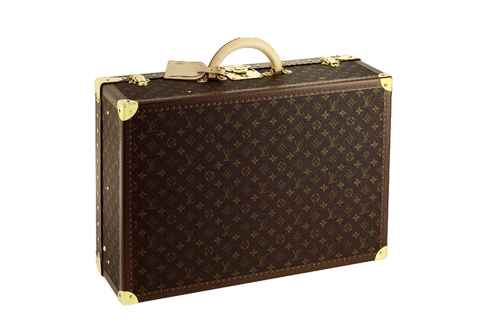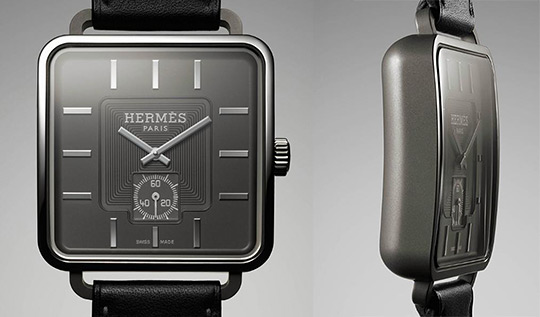Louis Vuitton Malletier, commonly referred to as Louis Vuitton or LV, is a French fashion company founded in 1854 by Louis Vuitton. And LVMH Moët Hennessy • Louis Vuitton S.A., better known as LVMH, is a French multinational apparels and accessories company headquartered in Paris, France. The label is well known for its LV monogram, which is featured on most of its products – this ranging from luxury bags and leather goods to ready-to-wear shoes, watches, jewelry, accessories, sunglasses, and books. Louis Vuitton is one of the world’s leading international fashion houses. It sells its products through standalone boutiques, lease departments in high-end department stores, and through the e-commerce section of its website. For seven consecutive years (2006–2012) Louis Vuitton has been named the world’s most valuable luxury brand. Its 2012 valuation is 25.9 billion USD.
Second largest and growing
Currently, China is the world’s second largest market for luxury products. In 2011, China accounted for $12.6 billion, or 28 percent, of luxury purchases worldwide. It is estimated that, by 2015, China will surpass Japan to claim the top spot in luxury consumption. LV opened its first mainland stores at Beijing’s Peninsula Hotel in September 1992. Before that, luxury goods were practically nonexistent in China. Now the Chinese comprise the largest customer base of LV. According to a 2011 study by Bain & Company, a management consulting firm, Louis Vuitton has also become and remained the “most desired luxury brand” in mainland China.

Chinese consumers appreciate luxury goods that will be never go out of fashion. Louis Vuitton specializes in making timeless products: Although LV always wants to remain innovative and trendy, its handbags and watches have not changed so much in these years. This feature differentiates LV from its main competitors, such as Dior and Prada, who launch new collections nearly every year. As a result, the LV’s most popular bag still represents 95% of the business in China. A lot of Chinese girls dream to own one of the classic LV bags and some save money for months and years in order to purchase one.
Marketing is key to LV’s business model. The brand is quite discreet but undoubtedly markets its products everywhere: in airports, in shopping center and mall, and throughout the internet. Louis Vuitton does not advertise on the radio or television, and it does not often use public display. However, Louis Vuitton is very active in magazines targeted towards women and their fashion lives and through offline media, such as sponsoring and organizing events.
Luxury knock-offs
The key to preserving the authenticity of LV brand is its control of the distribution of its products. The Chinese want to be reassured that when they buy an expensive luxury product that it is real. Unfortunately, the Chinese market has many fake bags from LV and other luxury brands. For example, the Silk Market, a shopping compound in downtown Beijing that lures foreign tourists with silk and knockoffs of foreign designer brands, is undergoing a yearlong upgrade. The deregulation has made the market one of the most famous places to purchase knockoffs extraordinarily similar to authentic products.
As China’s economy continues to grow and incomes continue to rise, average household spending on is likely to follow. The outlook is particularly bright for luxury companies because the biggest increase in spending is forecast to come from China’s most affluent consumers.
Sources:
- Official website
- Forbes
- China Daily
- Jing Daily
- Reuters
- China Market Research
Picture source: Louis Vuitton China




